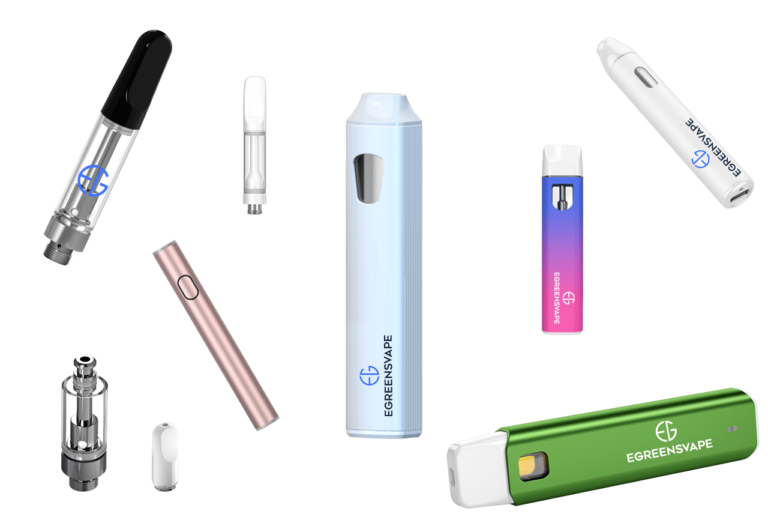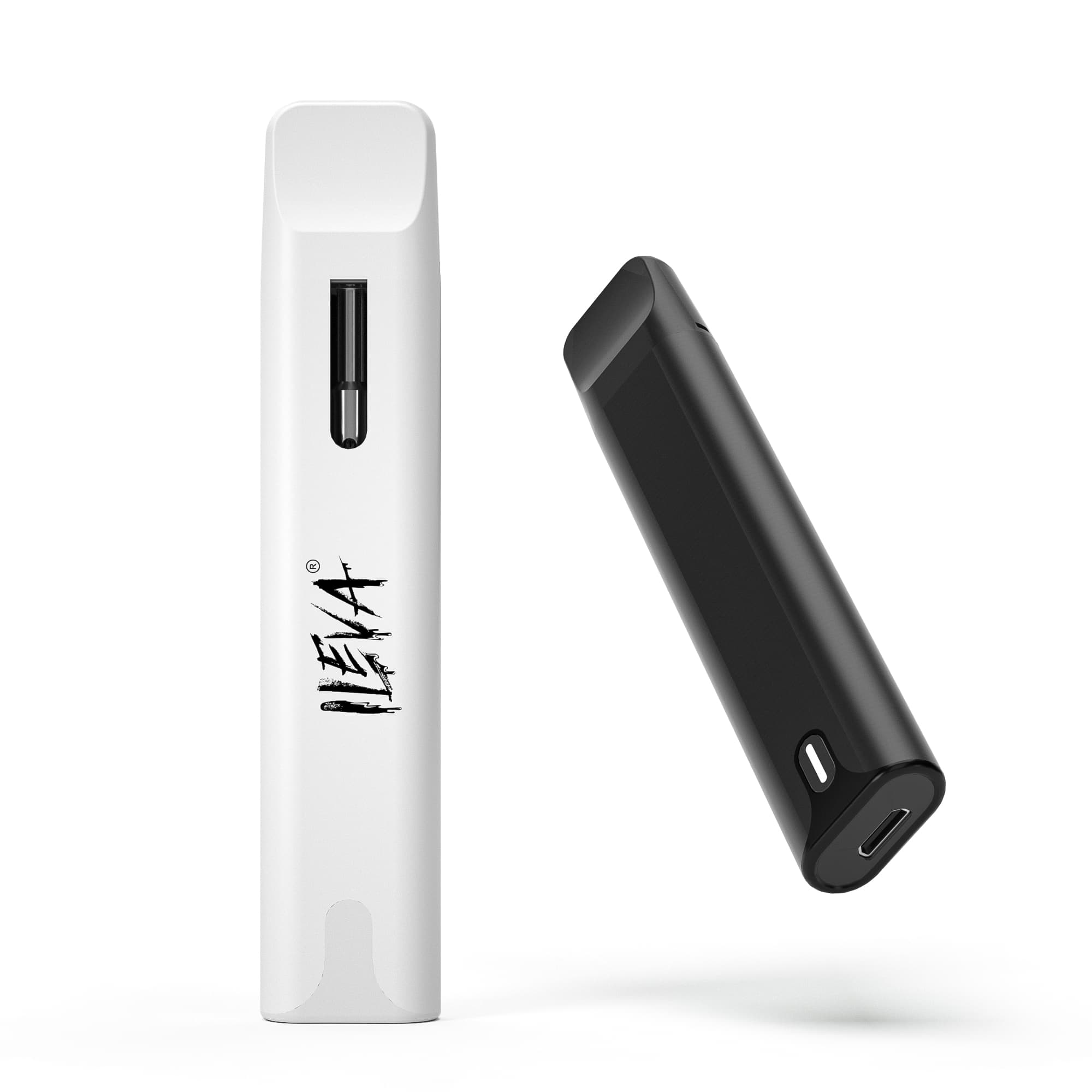Best Sites For Empty Vape Pens

The surge in vaping over the last decade has created a parallel environmental challenge: what to do with the millions of discarded vape pens and cartridges. Often containing heavy metals, plastics, and residual nicotine or cannabis oils, these devices pose a significant risk if improperly disposed of. Finding reliable and responsible disposal or recycling options is crucial, yet the landscape remains fragmented and often confusing for consumers.
This article aims to clarify the current state of vape pen disposal, highlighting the best available sites and programs for individuals and businesses seeking to minimize their environmental impact. We will examine both manufacturer-led initiatives and third-party recycling programs, evaluating their accessibility, effectiveness, and potential limitations. Ultimately, the goal is to provide a comprehensive guide for navigating this complex issue and promoting responsible vape pen management.
Understanding the Problem: Environmental Impact
Disposable vape pens, while convenient, present a considerable environmental burden. Their construction typically involves a combination of materials that are difficult to separate and recycle effectively. These include lithium-ion batteries, plastic casings, and electronic components containing heavy metals like lead and mercury.
Improper disposal of these devices can lead to soil and water contamination, posing a threat to both human and ecological health. The lithium-ion batteries, in particular, are a fire hazard if damaged or improperly handled during waste processing.
According to a 2023 report by the Environmental Protection Agency (EPA), e-waste, including vape pens, is one of the fastest-growing waste streams globally. This highlights the urgent need for effective recycling solutions and increased consumer awareness.
Manufacturer-Led Recycling Programs
Several vape manufacturers have begun to address the disposal issue by establishing their own recycling programs. These initiatives often involve offering consumers prepaid shipping labels or designated drop-off locations to return used devices.
PAX Labs, for instance, offers a comprehensive recycling program where customers can request a prepaid shipping label to send back their used PAX devices and pods. The company claims to recycle or repurpose the materials recovered from these devices, reducing their environmental footprint.
Another example is Juul, which previously had a recycling program that has since been discontinued. While the program was active, consumers could send back their used Juul devices and pods for recycling. It remains to be seen if Juul or other major manufacturers will reinstate similar programs in the future.
Evaluating Manufacturer Programs
While manufacturer-led programs offer a convenient option for consumers, their effectiveness can vary. Accessibility is a key factor, as not all programs are available in every region.
Transparency regarding the recycling process is also crucial. Consumers should seek information about how the devices are recycled, what materials are recovered, and where the recycling takes place.
Furthermore, the success of these programs depends heavily on consumer participation. Increased awareness and clear instructions are essential to encourage widespread adoption.
Third-Party Recycling Options
In addition to manufacturer programs, several third-party organizations specialize in electronic waste recycling, including vape pens. These organizations typically operate on a larger scale and may accept a wider range of devices and materials.
Call2Recycle is a leading battery and electronic waste recycler with drop-off locations across the United States and Canada. While they don't explicitly advertise vape pen recycling, their battery recycling program can often accommodate the lithium-ion batteries found in these devices. Consumers should contact their local Call2Recycle drop-off site to confirm acceptance.
TerraCycle offers specialized recycling boxes for various types of waste, including electronic waste and vaping products. Businesses or individuals can purchase these boxes, fill them with accepted materials, and ship them back to TerraCycle for processing. However, this option often comes at a cost, making it less accessible for individual consumers.
Navigating Third-Party Options
When choosing a third-party recycling program, it is essential to verify its legitimacy and environmental practices. Look for certifications such as e-Stewards or R2, which indicate that the recycler adheres to responsible e-waste management standards.
Consider the accessibility and cost of the program. Some programs may require shipping or drop-off fees, while others may be free. Weigh the convenience and affordability of each option.
It's also important to ensure that the program accepts vape pens specifically, as some electronic waste recyclers may not handle devices containing residual liquids or oils.
State and Local Regulations
State and local regulations regarding e-waste disposal can also influence available recycling options. Some states have mandatory e-waste recycling laws, requiring manufacturers or retailers to provide collection and recycling services.
California, for example, has a statewide e-waste recycling program that may cover certain components of vape pens. Check with your local waste management authority or environmental agency to learn about specific regulations and recycling opportunities in your area.
Furthermore, some municipalities may offer household hazardous waste collection events where residents can safely dispose of items like lithium-ion batteries and electronic devices.
The Future of Vape Pen Disposal
Addressing the vape pen disposal crisis requires a multi-faceted approach involving manufacturers, consumers, and regulatory bodies. Increased manufacturer responsibility, consumer education, and standardized recycling infrastructure are all crucial components.
The development of more sustainable vape pen designs, using recyclable or biodegradable materials, could significantly reduce the environmental impact of these devices. Innovation in battery technology, focusing on safer and more easily recyclable options, is also essential.
Ultimately, a shift towards a circular economy model, where materials are reused and recycled rather than discarded, is necessary to mitigate the long-term environmental consequences of vaping. Continued research, collaboration, and policy development will be vital to achieving this goal.
Consumer awareness is key. Educating users on proper disposal methods and encouraging participation in recycling programs can significantly impact the volume of vape pens entering landfills. Look for local initiatives, manufacturer programs, and third-party recycling solutions to responsibly manage your used devices.


















